We are in the middle of a wild maze of fjords. Vast forests and grasslands cover the hills like a green carpet and there is still some snow on the top of the mountains. Skuas and Black-browed Albatrosses are hovering above our heads.
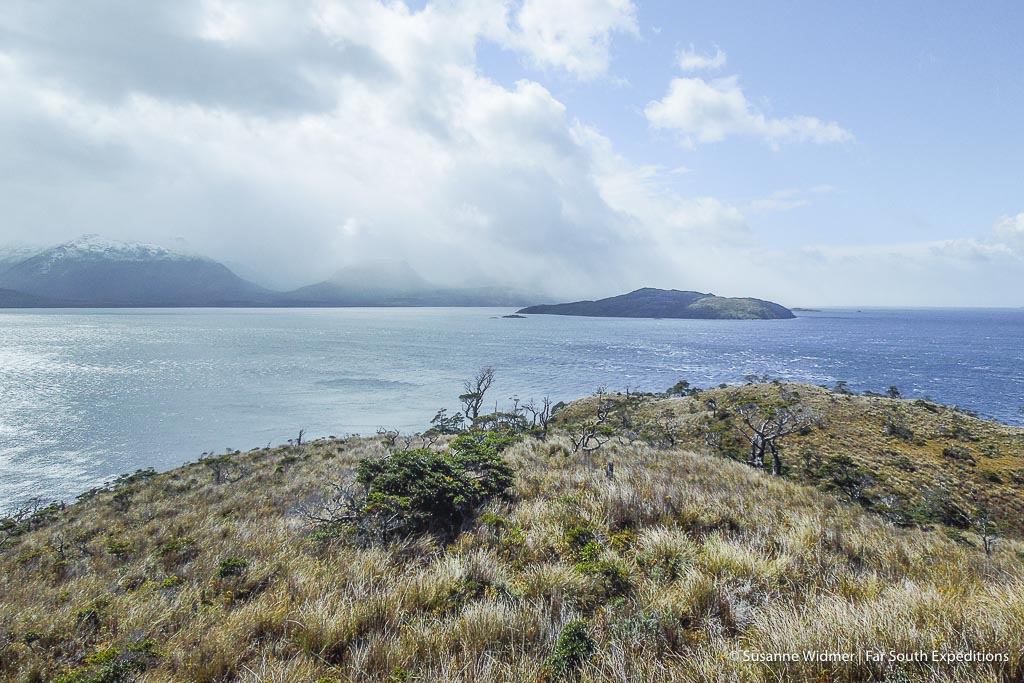
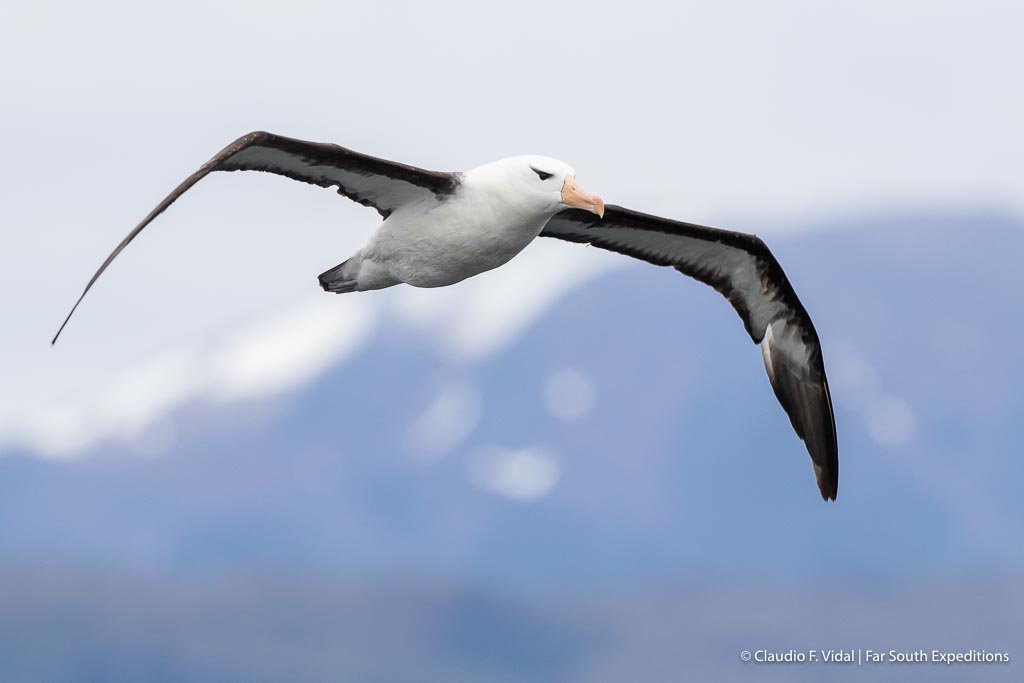
Every now and then a Diving-Petrel emerges unexpectedly from the water next to our boat and flies away quickly. As if this whole scenery wouldn’t be impressive enough, at times there appear immense humpback whales only a few hundred meters away from us, push their blow into the sky and plunge again. Straits of Magellan Francisco Coloane Marine Park.
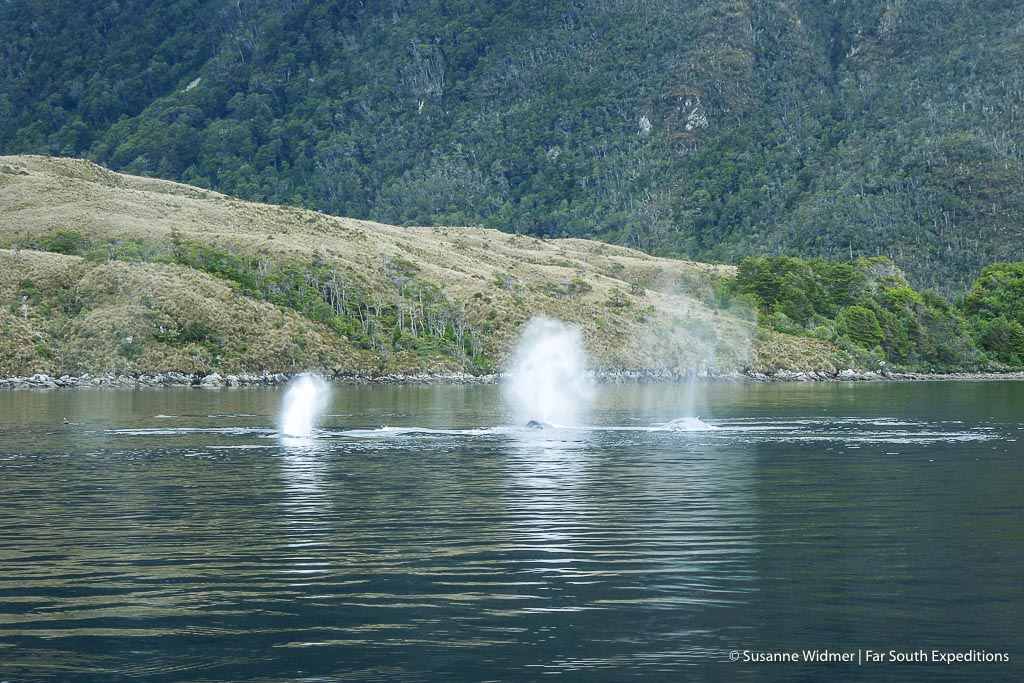
The Marine Park Francisco Coloane in the very South of Chile is located in the center of the Straits of Magellan, surrounding Carlos III island. It was created in 2003 in order to protect this area from human impacts and to maintain its function as a feeding ground and reproduction site for numerous (marine) animals. The name was given in honour and memory of the Chilean writer Francisco Coloane, who felt very connected with Patagonia. Several of his classics about seafaring and other adventures take place in this wild environment in the very southern corner of his country.
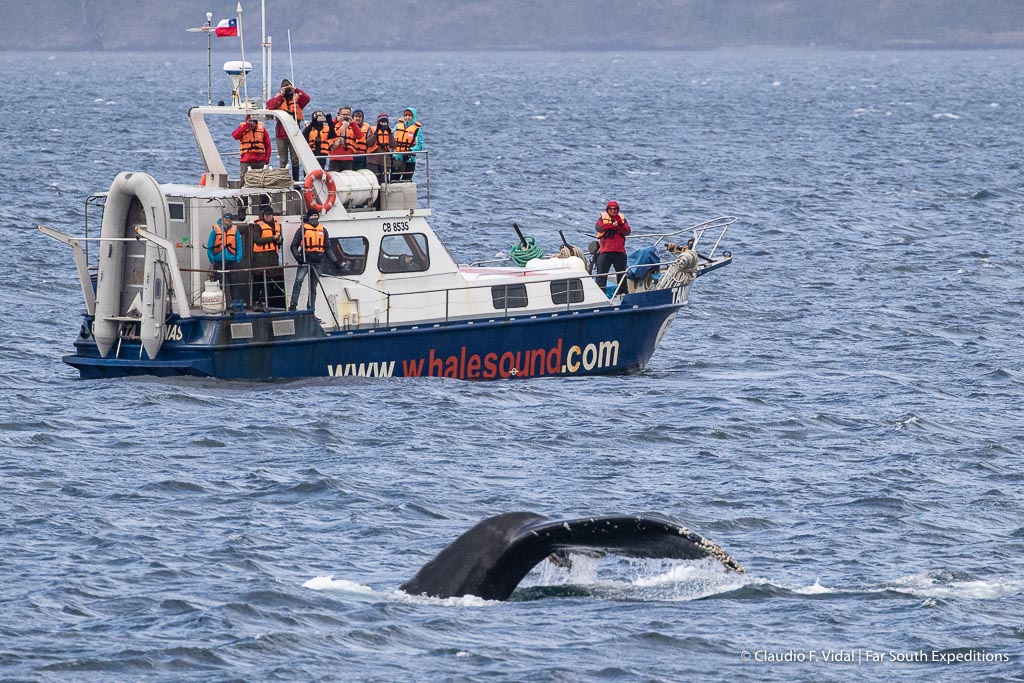
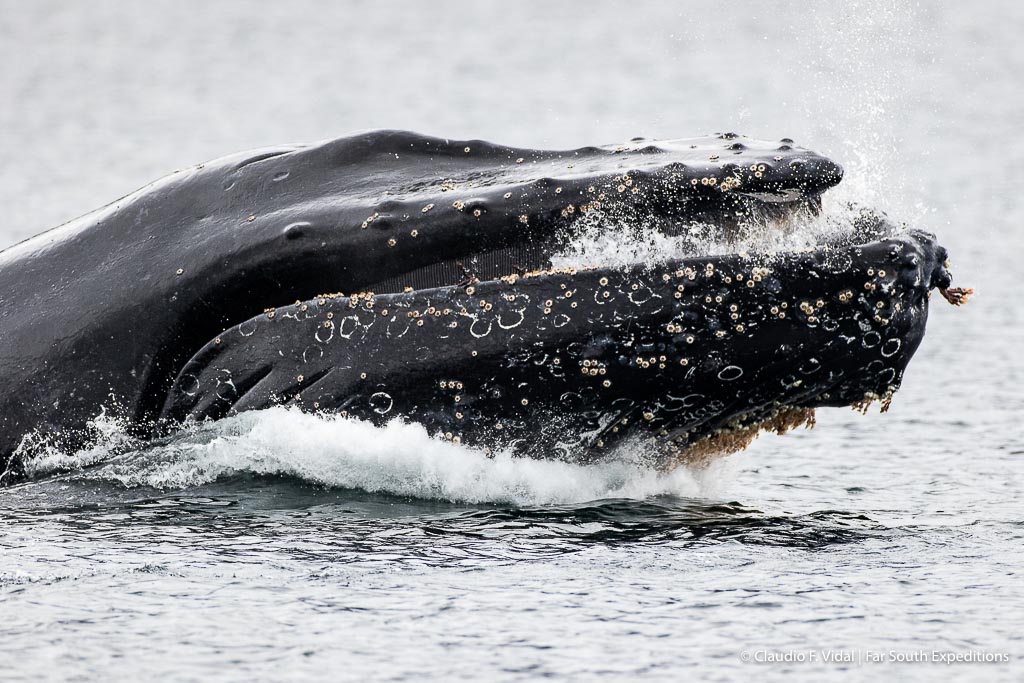
The most emblematic animal of this marine park probably is the humpback whale. Every year, from the beginning of October onwards, there arrives quite a stable population of these gentle giants in order to feed and to raise their offspring. In autumn, they migrate northwards again, all the way to Ecuador and Colombia, where they breed. Incredible, what huge distances they cover once every half a year. This journey looks even more impressive if one takes into account that there are all kind of hazards along the way (for example freighters), that the Patagonian Pacific coast is a mazy labyrinth of uncountable canals and fjords and that the youngsters travel only one single time together with their mother. In the following year they have to find their way here by themselves. Because of the long, arduous and dangerous journey, the humpback whales spend the summer mainly recharging their fat reserves and recovering from the strains respectively preparing themselves for the way back north.
Thus, we observe the humpback whales with their offspring in the middle of this pristine, legendary Straits of Magellan. Sometimes they float relaxedly and apparently almost absent-mindedly at the surface. In other ocasions and accompanied by seals and all kinds of birds, they hunt for fish, in order to allay their hunger. At again other times, it seems as if they just want to have fun or undergo a cleaning ritual, namely while beating fiercely the pectoral fins on the surface or even heaving powerfully their whole body out of the water before plopping back with a big bang. They have a common and impressive behaviour before plunging. Once again they take a deep breath, bend their back and while their body slowly descents head first, the tail fluke rises majestically up into the air.
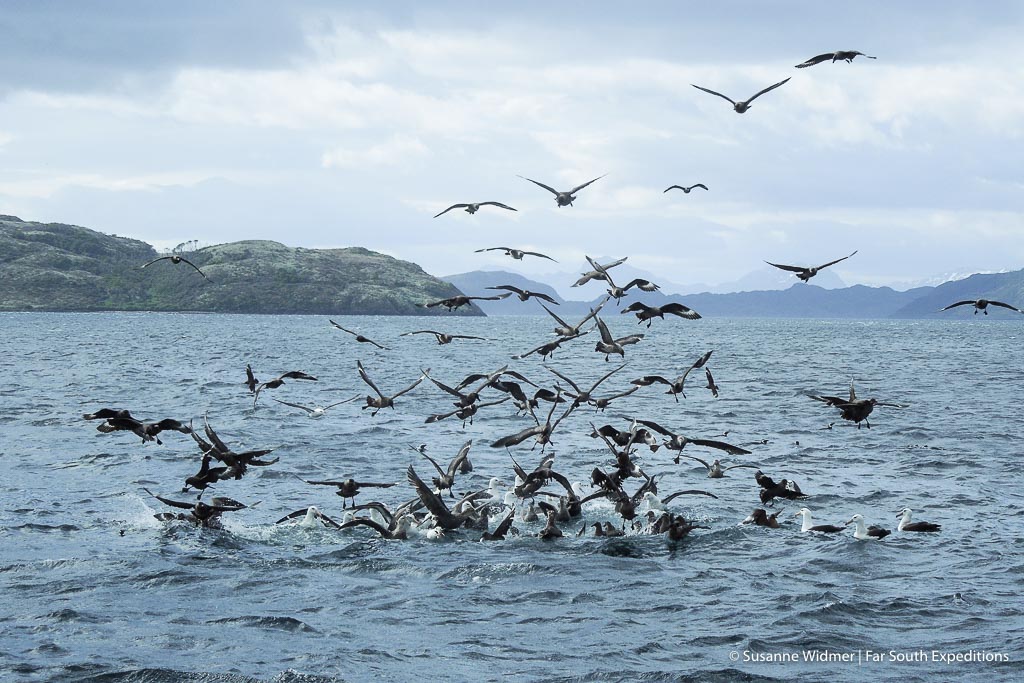
For 20 years, this humpback whale population has been observed and studied scientifically. Individuals can be identified unequivocally by means of their tail fluke and dorsal fin. Particulary the tail fluke’s shape and color pattern vary clearly from one animal to another. Though it seems that these features aren’t genetically preset. Thanks to the meticulous labor over years, the scientists know already three generations and altogether almost 200 individuals.
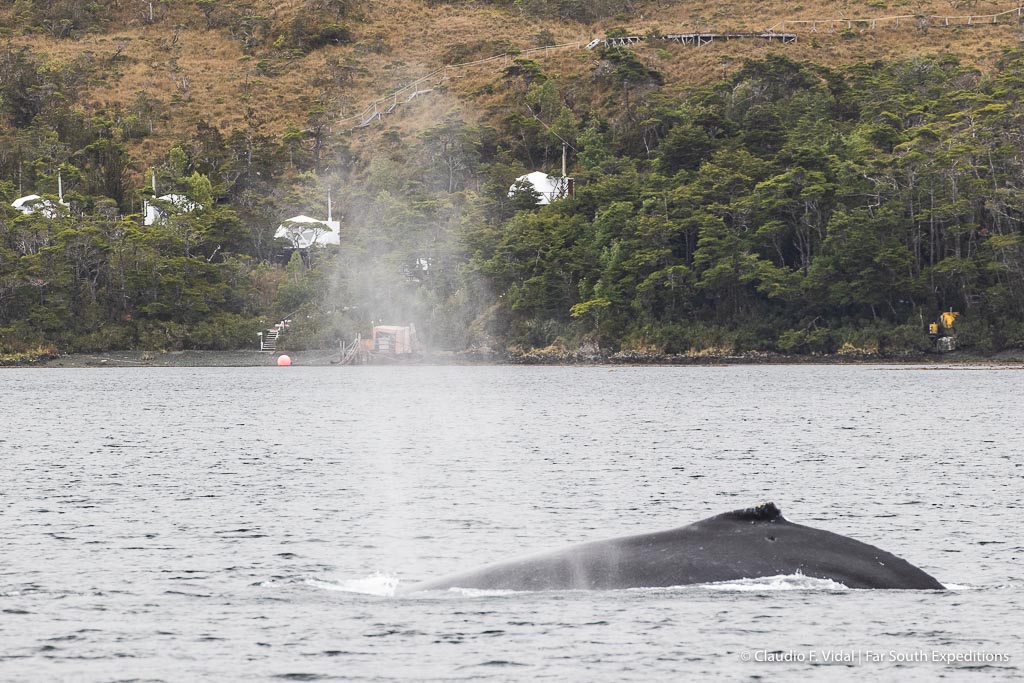
Depending on the boat trip chosen, one gets the opportunity to look over the scientists’ shoulders while they are working and to lodge at the research station on Carlos III island. In doing so, the overall experience within the marine park gets expanded on three days, put on a scientific basis and there is plenty of time for submerging into the world of these gentle colossuses.
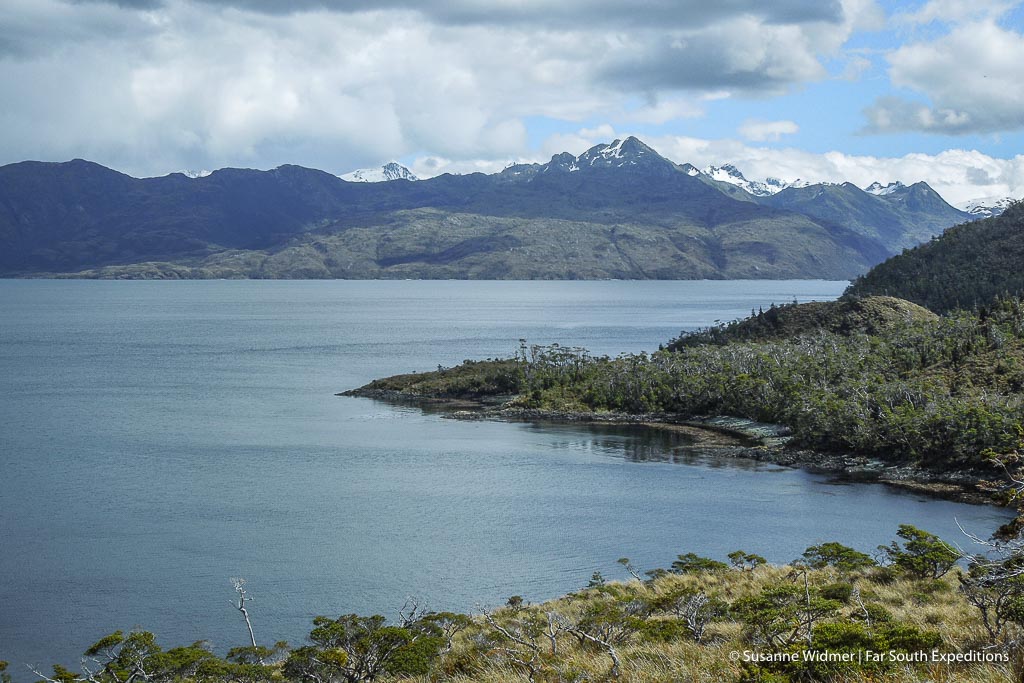
However, the Marine Park Francisco Coloane offers much more than just humpback whale observation. For me, personally, the complete package arranges the magic of this experience. Starting with the fact that we spend three days in an almost completely deserted area. Shortly after starting our trip, we pass San Isidro Lighthouse, which is, together with the adjacent museum and the (former) guesthouse, the last building we see. In the course of the trip we will only spot some beacons. Wrecks are evidence from ancient times when not seldom a ship (even together with its whole crew) lost its struggle against wind and waves. Besides these marks of human activities, we are alone amid this gorgeous landscape. Bird lovers will be amazed by all the Antarctic Giant-Petrels, Skuas and Cormorants we see directly from the boat. Every now and then there glide some huge Andean Condors through the air or there appears from nowhere a tiny Wilson’s Storm-Petrel.
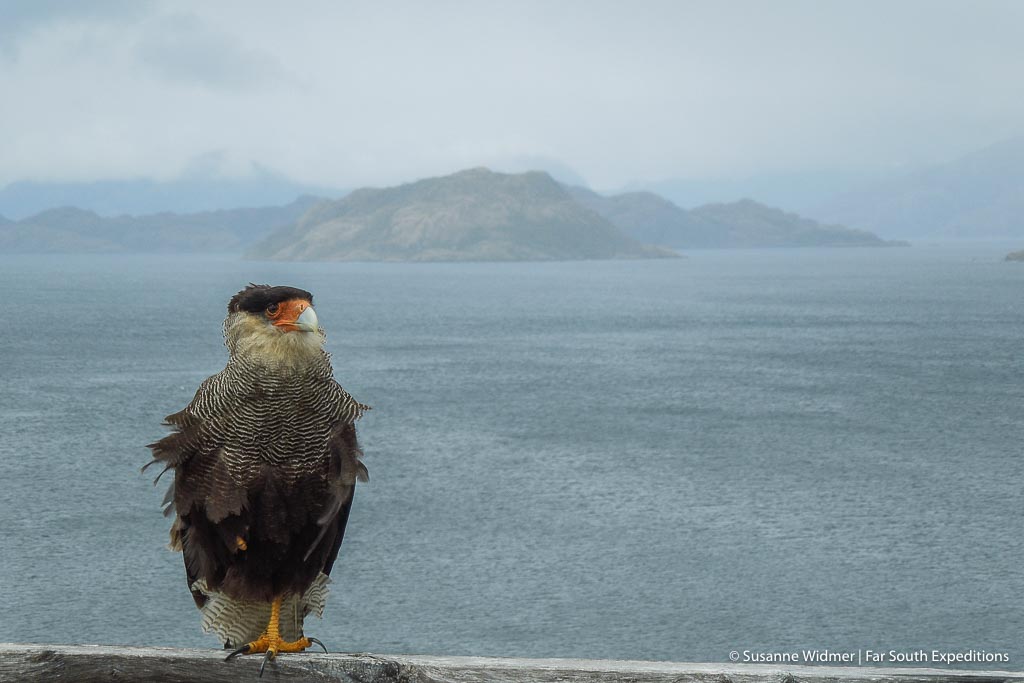
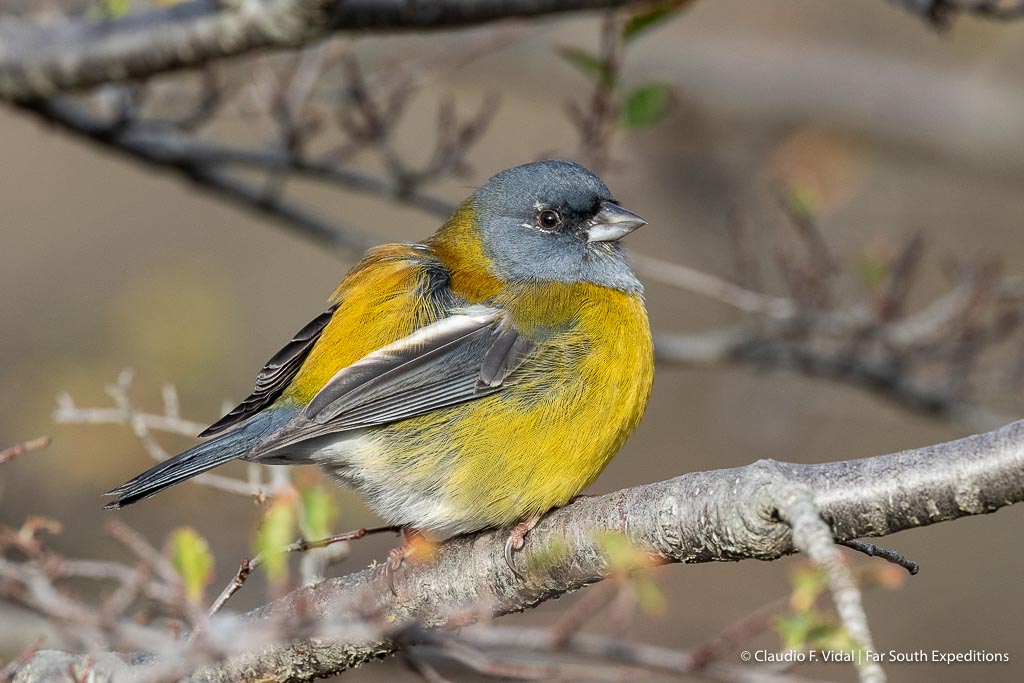
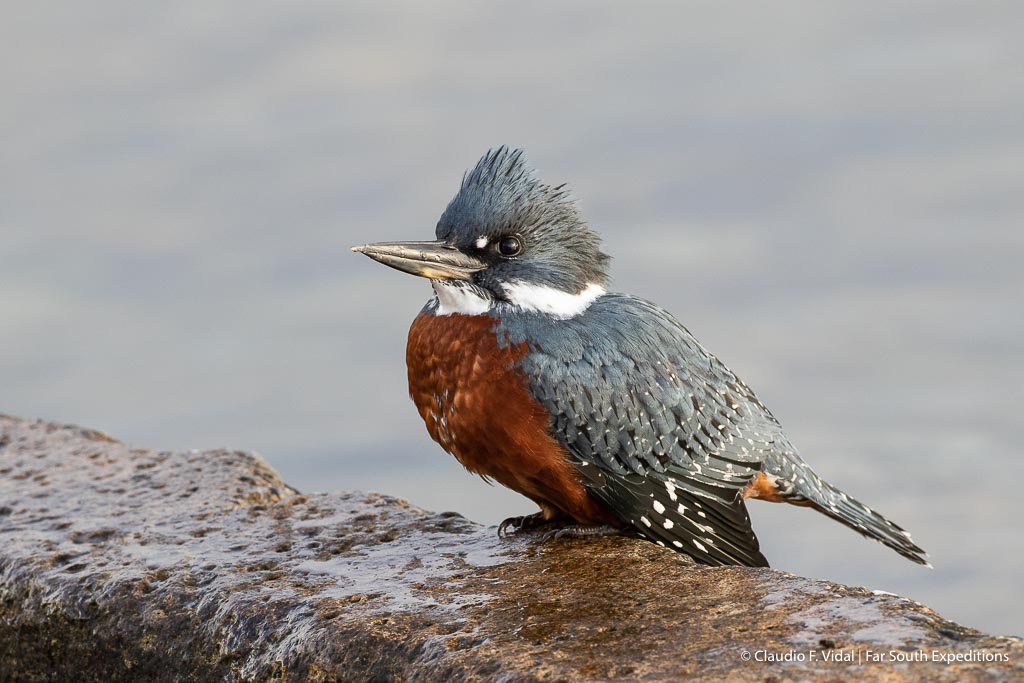
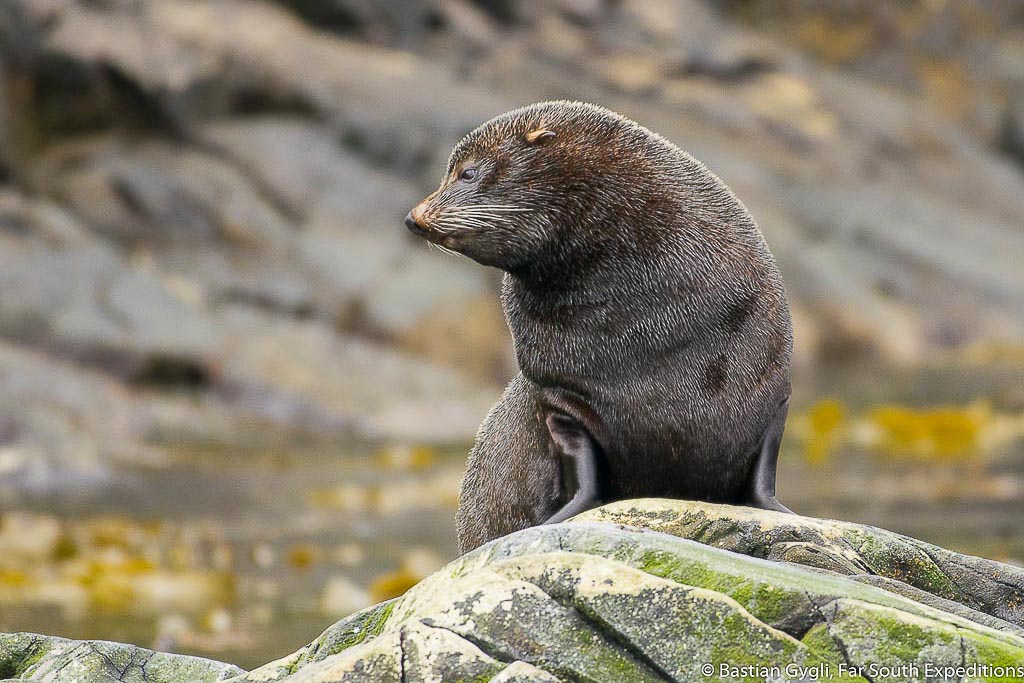
Visitors who opt for the long version of the different whale watching tours and hence for a stay on Carlos III island, will be able to observe there many more birds, such as Southern Caracara, Patagonian Sierra-Finch, Green-backed Firecrown or even Ringed Kingfisher. During the summer months, Magellanic Penguins breed in a colony on a small island next to Carlos III island. Furthermore, there are several South American sea lion breeding colonies throughout the park and the South American fur seal is also ubiquitous. Straits of Magellan Francisco Coloane Marine Park

Personally, I’m highly fascinated by the glacier of Santa Inés island. On our small boat, we are slowly chugging through the narrow fjord of Seno Ballena (“Whale Sound”) when all of a sudden a huge glacier tongue appears, calving directly into the sea. There are some elegant South American Terns roosting on floating ice sheets. A strong glacial wind is blowing and at times a sleet shower falls down on us. On the fjord’s shore, there is clear evidence of the glacier’s passage in former times. Since its retreat, pioneer vegetation has reconquered part of this new habitat. On steep cliffs and in areas where the glacier retreated only recently and at high speed, there is still exposed, bare rock. The boat’s engine is switched off, we stay on deck in complete silence and marvel at this ruggedness and natural beauty. What an intense feeling of humbleness is creeping over me. How void mankind is compared to our amazing Mother Earth. Straits of Magellan Francisco Coloane Marine Park.
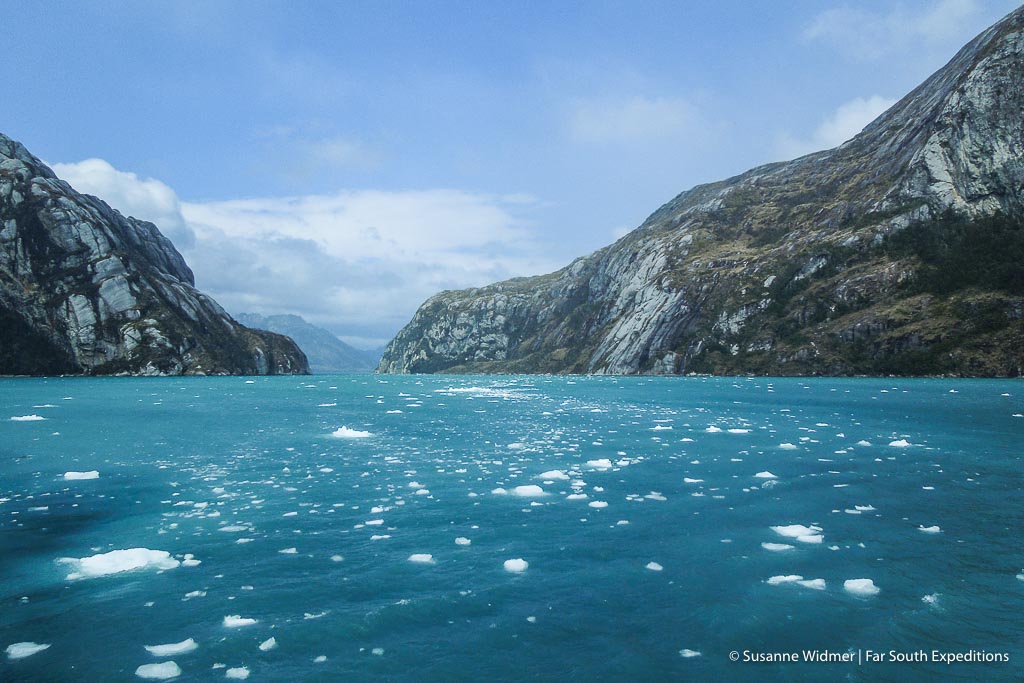
Interested in watching humpback whales in the wild Patagonian fjords?
Read more about our whale watching trips

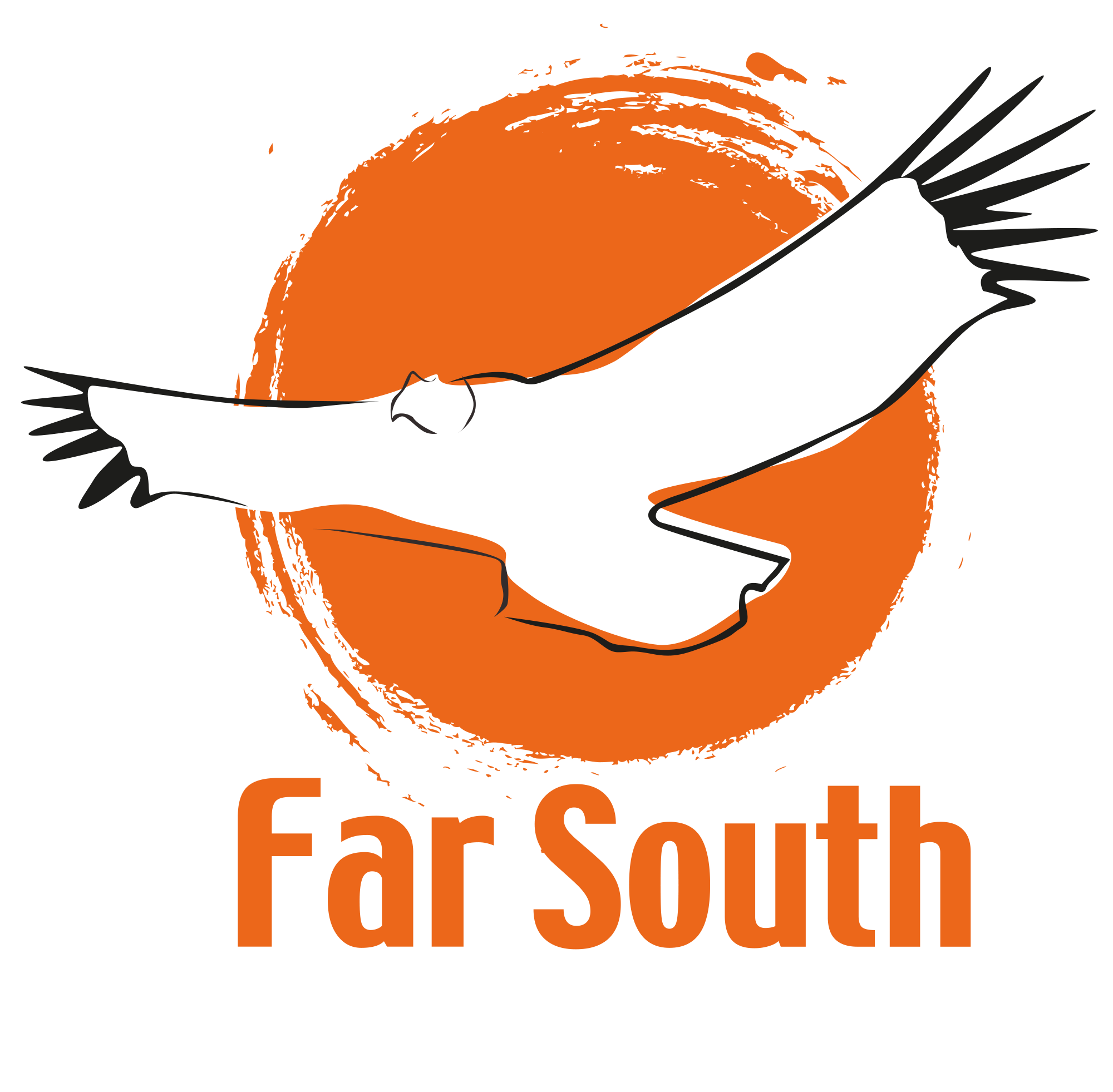
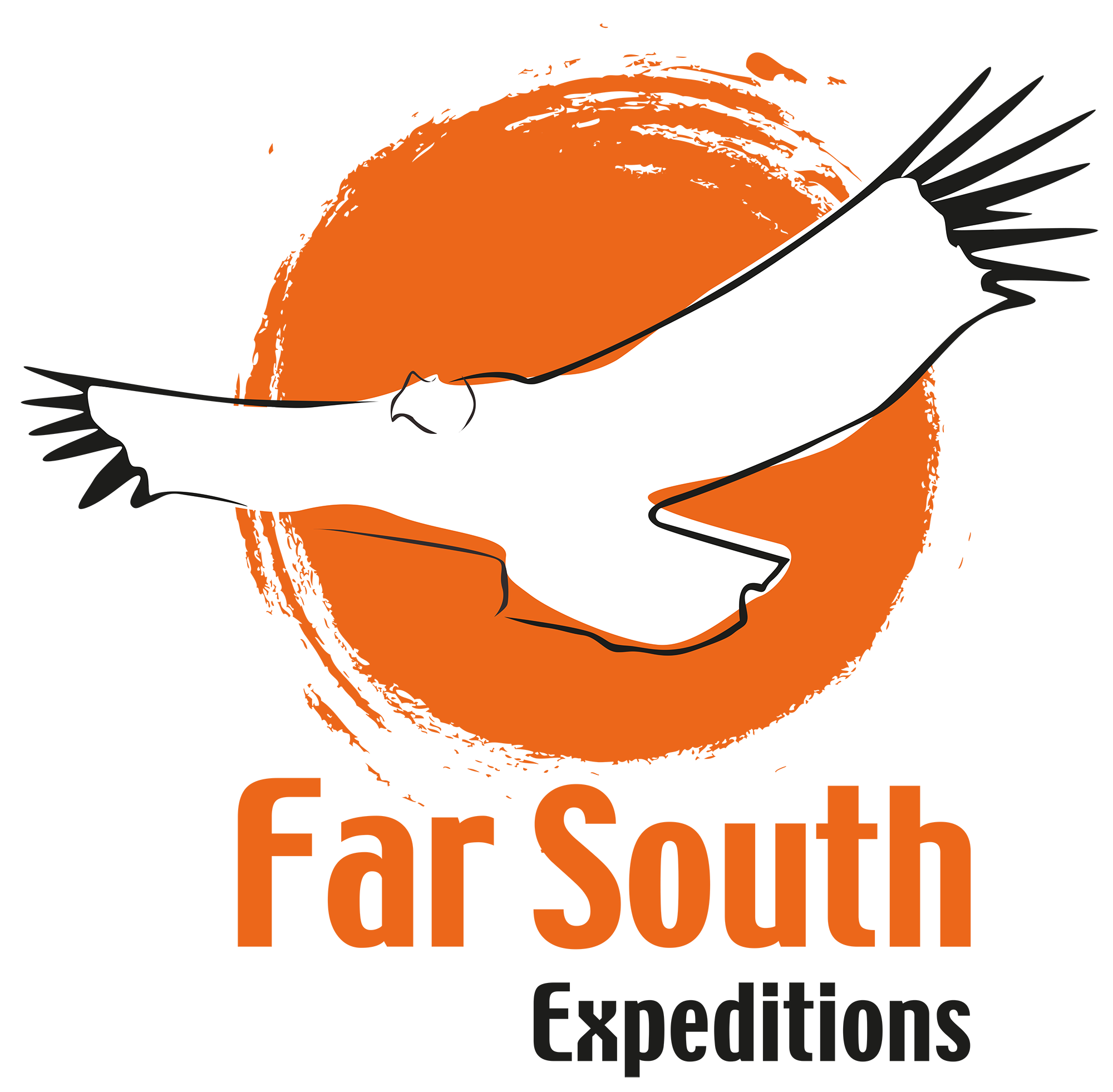
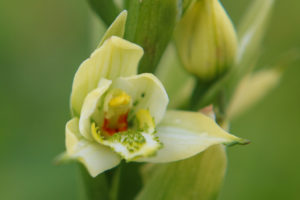

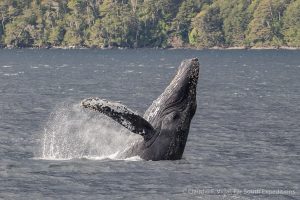

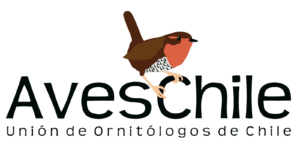
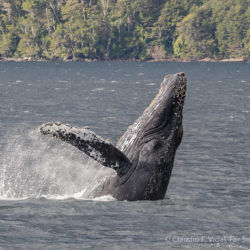
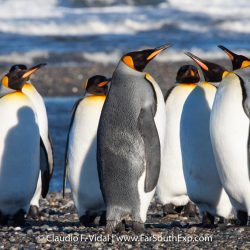

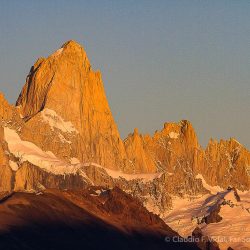
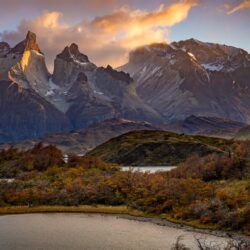
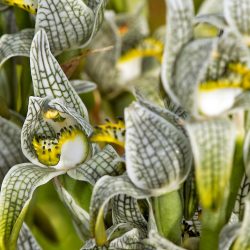
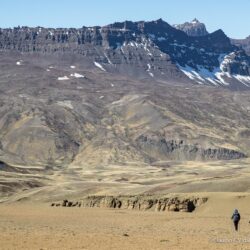
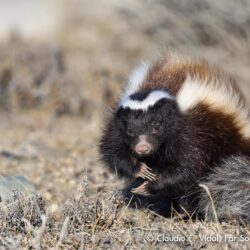

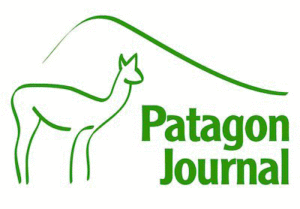
2 Comments
Leave your reply.